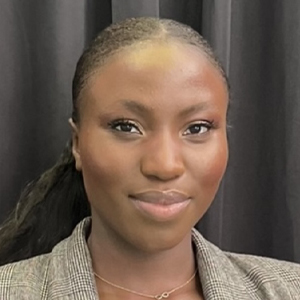Scavenger protein receptor aids the transport of lipoproteins
Lipoproteins are spherical molecules made up of fat and proteins that play a crucial role in transporting lipids, such as cholesterol and triglycerides, from the liver to other tissues in the body. Anton Potapenko of the University of Zurich, and a team in Switzerland recently published a study in the Journal of Lipid Research detailing structural characteristics of the scavenger receptor B1, or SCARB1, a protein that mediates lipid exchange between many cell types and facilitates uptake of high density lipoproteins, or HDL, and low density lipoproteins, or LDL, in some cell types. The gene encoding SCARB1 produces two major splice variants that share structural similarities but differ in their carboxy-terminal domains. Researchers wanted to understand if these splice variants play different roles in the cellular uptake of LDL and HDL by endothelial cells.
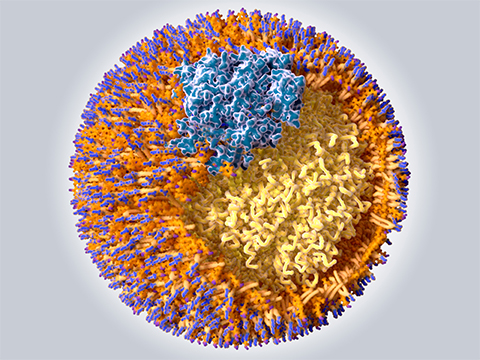
The researchers examined cultured endothelial cells to understand how expression of the two SCARB1 variants affected the binding, uptake and trafficking of lipoproteins. They found that variants 1 and 2 localized to the cell surface, and endosomes and lysosomes, respectively. Overexpression of variant 1 increased both HDL and LDL binding and uptake. However, overexpression of variant 2 also increased the uptake of either lipoprotein, but not via surface binding. Therefore, the researchers concluded that variant 2 facilitates lipoprotein uptake indirectly by regulatory and indirect mechanisms.
The study suggests that the two major splice variants of SCARB1 facilitate transendothelial transport of HDL and LDL by different mechanisms, either dependent or independent of the adapter proteins. Because of the limitations of overexpression, it will be important to examine how eliminating each SCARB1 splice variant affects cellular lipid metabolism and lipoprotein trafficking.
Enjoy reading ASBMB Today?
Become a member to receive the print edition four times a year and the digital edition monthly.
Learn moreGet the latest from ASBMB Today
Enter your email address, and we’ll send you a weekly email with recent articles, interviews and more.
Latest in Science
Science highlights or most popular articles
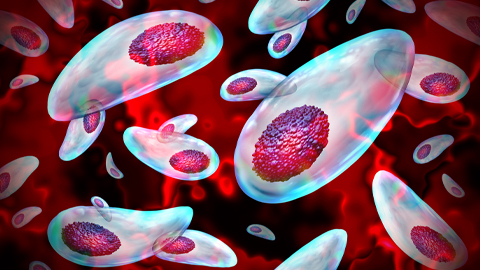
Targeting Toxoplasma parasites and their protein accomplices
Researchers identify that a Toxoplasma gondii enzyme drives parasite's survival. Read more about this recent study from the Journal of Lipid Research.
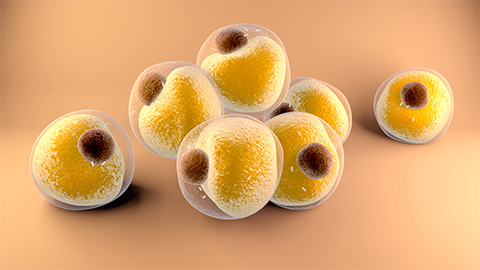
Fat cells are a culprit in osteoporosis
Scientists reveal that lipid transfer from bone marrow adipocytes to osteoblasts impairs bone formation by downregulating osteogenic proteins and inducing ferroptosis. Read more about this recent study from the Journal of Lipid Research.
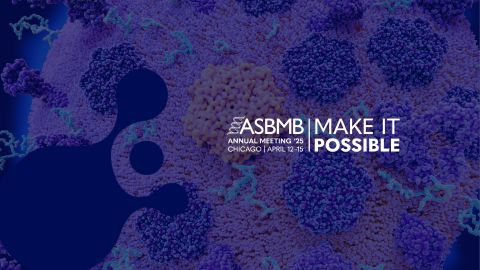
Unraveling oncogenesis: What makes cancer tick?
Learn about the ASBMB 2025 symposium on oncogenic hubs: chromatin regulatory and transcriptional complexes in cancer.
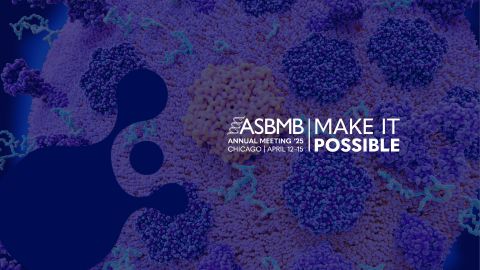
Exploring lipid metabolism: A journey through time and innovation
Recent lipid metabolism research has unveiled critical insights into lipid–protein interactions, offering potential therapeutic targets for metabolic and neurodegenerative diseases. Check out the latest in lipid science at the ASBMB annual meeting.
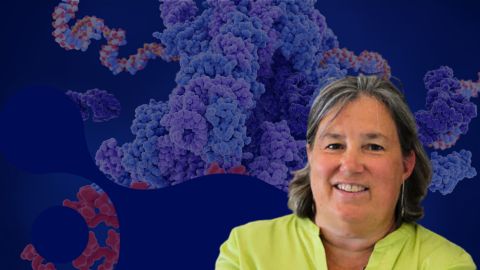
Melissa Moore to speak at ASBMB 2025
Richard Silverman and Melissa Moore are the featured speakers at the ASBMB annual meeting to be held April 12-15 in Chicago.
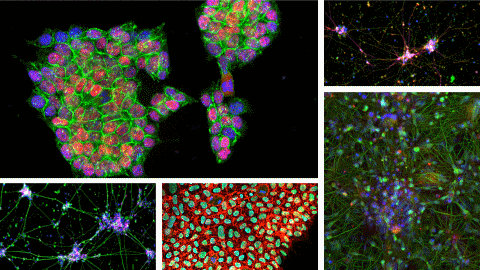
A new kind of stem cell is revolutionizing regenerative medicine
Induced pluripotent stem cells are paving the way for personalized treatments to diabetes, vision loss and more. However, scientists still face hurdles such as strict regulations, scalability, cell longevity and immune rejection.

